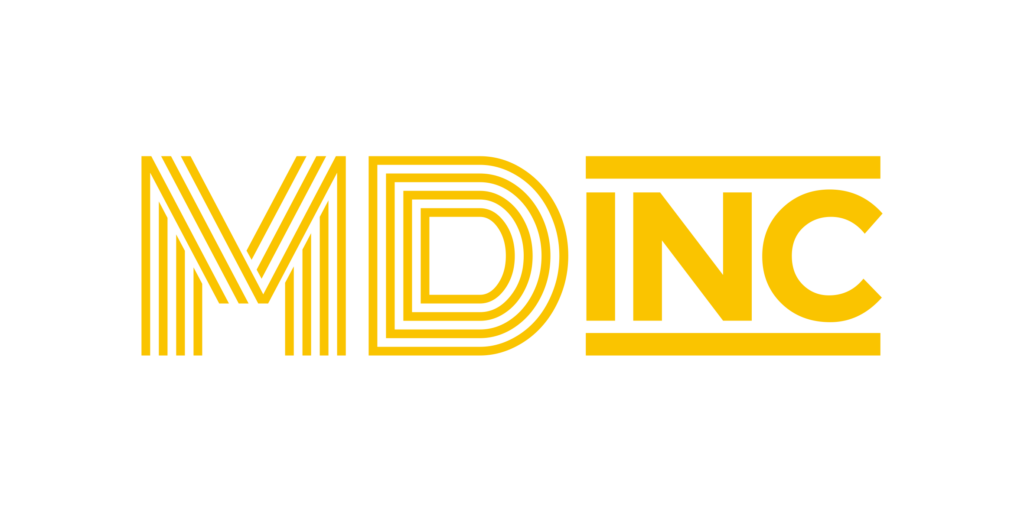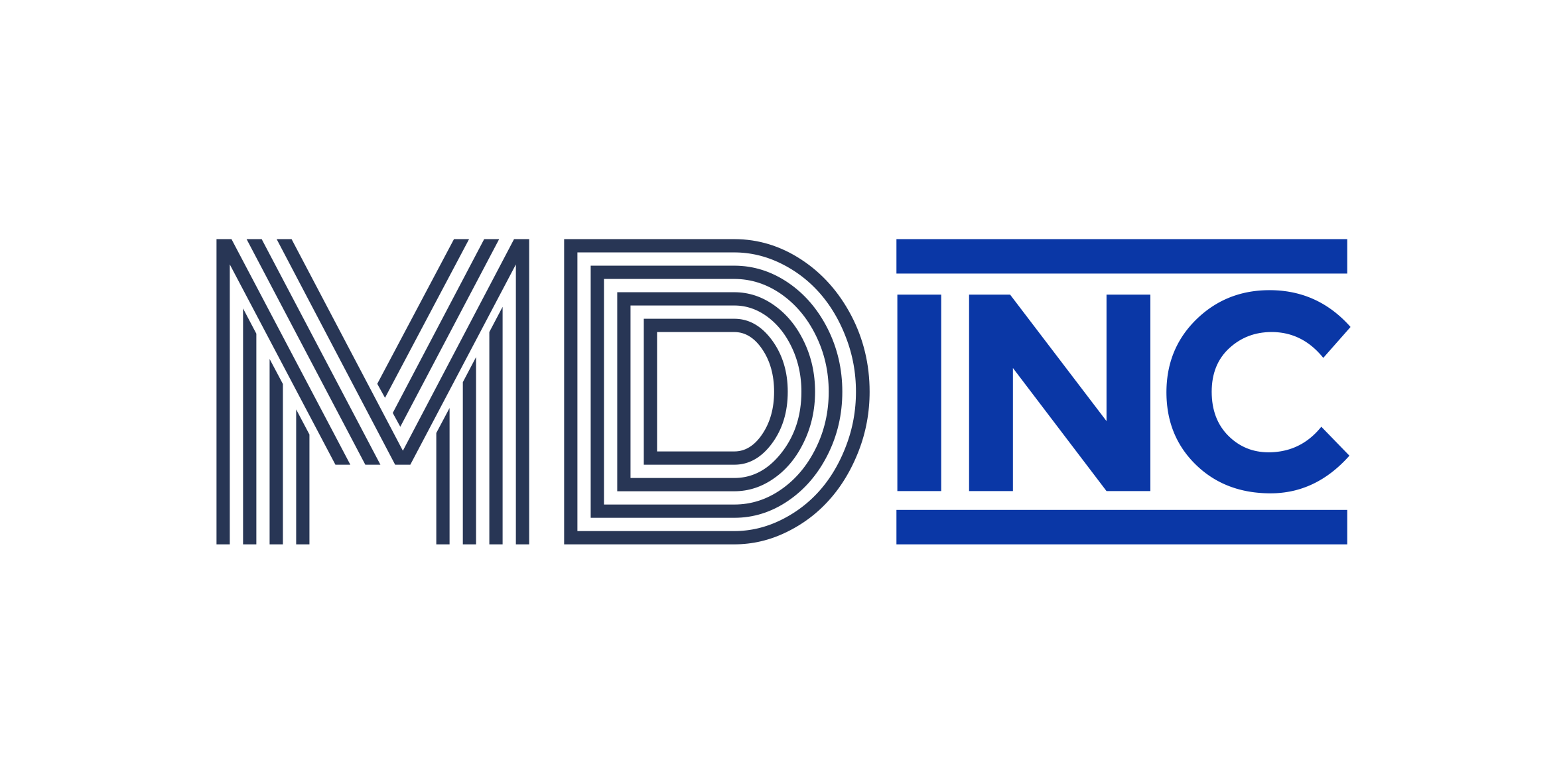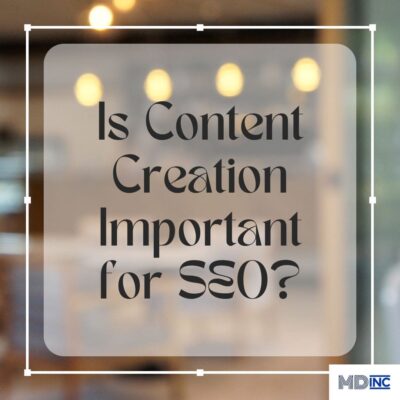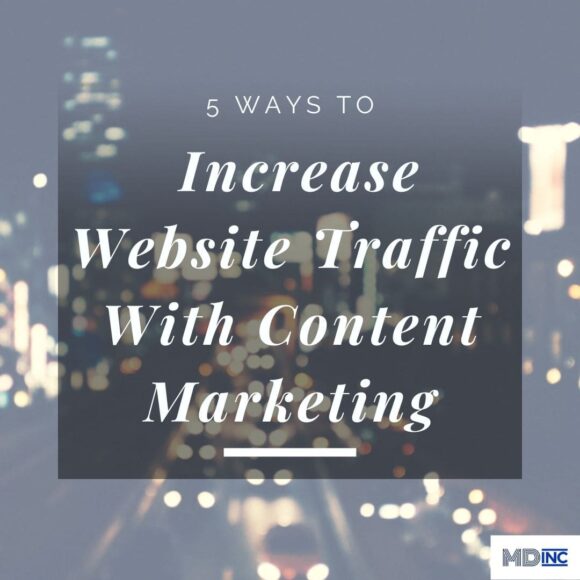A Case for Content Improvement Before Content Migration
Content migration is a vital part of website redesign. Content on a website drives traffic to or from your page. In the simplest of terms, Bing, Google, Safari, and any other search engine has an algorithm that encourages the owner to provide updates and encourages the searcher to engage the webpage.
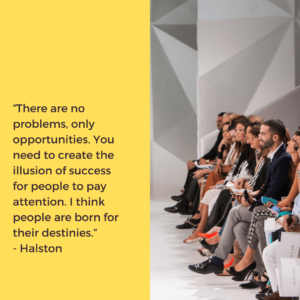
The best way for large institutions to gain traffic is to update their website — usually every 3-5 years. A complete overhaul has the cost of time and financial resources. Academic institutions are no exception.
The School of the Art Institute of Chicago, or SAIC, has spent over a year recreating and reinvigorating its website for current students, faculty, and staff with an eye on future stakeholders.
After all, an institution involved in shaping art for over a century must continue attracting and retaining those that will help move it through the next century in an equally meaningful way.
Why Improve Content?
Improving content lets Google know you invest time and/or money in your website. It can track changes, updates, and refreshes. Imagine the power an entire successful overhaul has on search engine results pages (SERP)? Each page will be crawled, indexed, and evaluated on its ability to answer a question posed by the searcher.
Taking the opportunity to step back and take a 100-foot view of your content with your team also ensures you’re sharing the best and most up-to-date with everyone. It’s a great opportunity to work with your peers and cohort to ensure you’re on the same page about the vision for the department.
While it might be a great time to work through a department’s mission, vision, and values, it’s not always necessary to go that deep. The content will resonate as long as the content speaks true to the offerings or services on that page.
SAIC took time to meet with internal teams to refine and redefine each page and user experience on its website. As programs and faculty changes, so does the intent of the content. Informative and personable, cohesive and succinct, each page resonates with the desired outcome from both a user and algorithmic standpoint.
When Should You Modify or Update Your Content?
Website content should be updated regularly — but what does that mean as it relates to time? Teams are dedicated to content, content improvement, content modifications, and user experience. It’s not possible for every department of an academic institution to spend hours per week on updates.
 However, before its website launch, the teams at SAIC banned together to create the best content layout and content inclusion possible. Now, for at least the next year, changes will be minor. They’ve set themselves up for future success with consistent effort in the past.
However, before its website launch, the teams at SAIC banned together to create the best content layout and content inclusion possible. Now, for at least the next year, changes will be minor. They’ve set themselves up for future success with consistent effort in the past.
Seemingly, the majority of changes and future updates will be in the form of events, news, notable alumni achievements, and more. The content-heavy pages for specific departments can remain static and be updated every few months.
Movement on the site is not as important as meaningful improvement — the goal is to appeal to potential students, staff, and faculty in a meaningful way, not just rank for the sake of SERP ranking.
Content Migration Tips
When you overhaul your website, content services and content migration are typically not included in the scope. To make this easier, creating new content or updating old content ahead of the launch is imperative. Also, find a team to work with during the migration — either externally or internally will make the launch easier.
Here are a few tips for seamless content migration.
- Catalog all pages in an easily shareable format — We recommend using Google Docs since everyone can collaborate, track changes, and access it from a computer, tablet, or phone.

- Create a content tracker with individual permissions, if necessary — Holding all URLs in one place, assigning certain tabs to specific departments or people, and monitoring progress in one spot helps keep everyone aligned.
- Create optimized photos with specific file names and meta descriptions as you go — This lets screen readers describe the photo for those with impairments and allows you to include additional keywords for potential ranking opportunities.
- Prepare for content migration as you design the website — Often, features of a new website will correspond with the content, and vice versa. If you have a lot of videos, ensure the content compliments it. If you have poignant headers, ensure there are different visual layouts and opportunities to display the information. It doesn’t have to be a chicken-or-egg quandary. Instead, they can work together and change as needed.
SAICs Content Migration Wins
With any content migration, there are wins and losses. After all, you don’t know what you don’t know until you need to know it. Here are some wins MDINC noted while working on SAIC’s content migration.

-
- The team worked as a team from the start. All hands were on deck at all times. Cohesive teams make difficult tasks less challenging. A can-do attitude goes far.
- Individual stakeholders developed a sense of the site, its potential, and are now equipped to take on future updates and changes with respect and appreciation.
- SAIC knew they needed outside assistance before the ultimate deadline. This enabled the team at MDINC to come together to step in and step up and fill any missing gaps in ability or time.
- Some functionality of the pages differed from expectations, and the team adapted and amended the content when needed. Rigidity doesn’t serve in a creative space, so this flexibility let everyone move in the direction of completion as opposed to analysis paralysis.
- MDINC’s internal content tracker served as a resource for SAIC to quality assure content live rather than waiting for the deadline to review and approve. Like chiseling marble to reveal a masterpiece, everything was done with intention.
Reach out to MDINC today to discuss your website redesign and content migration.
